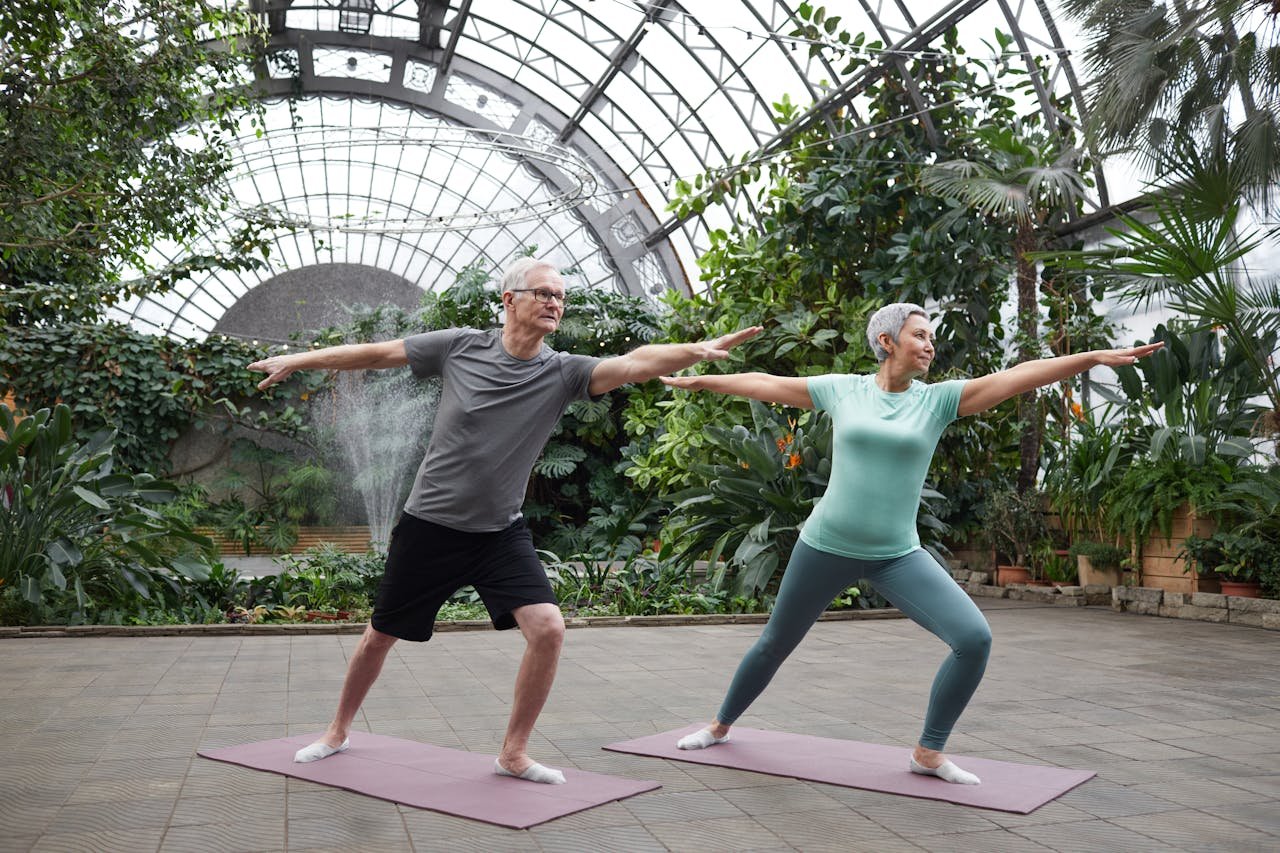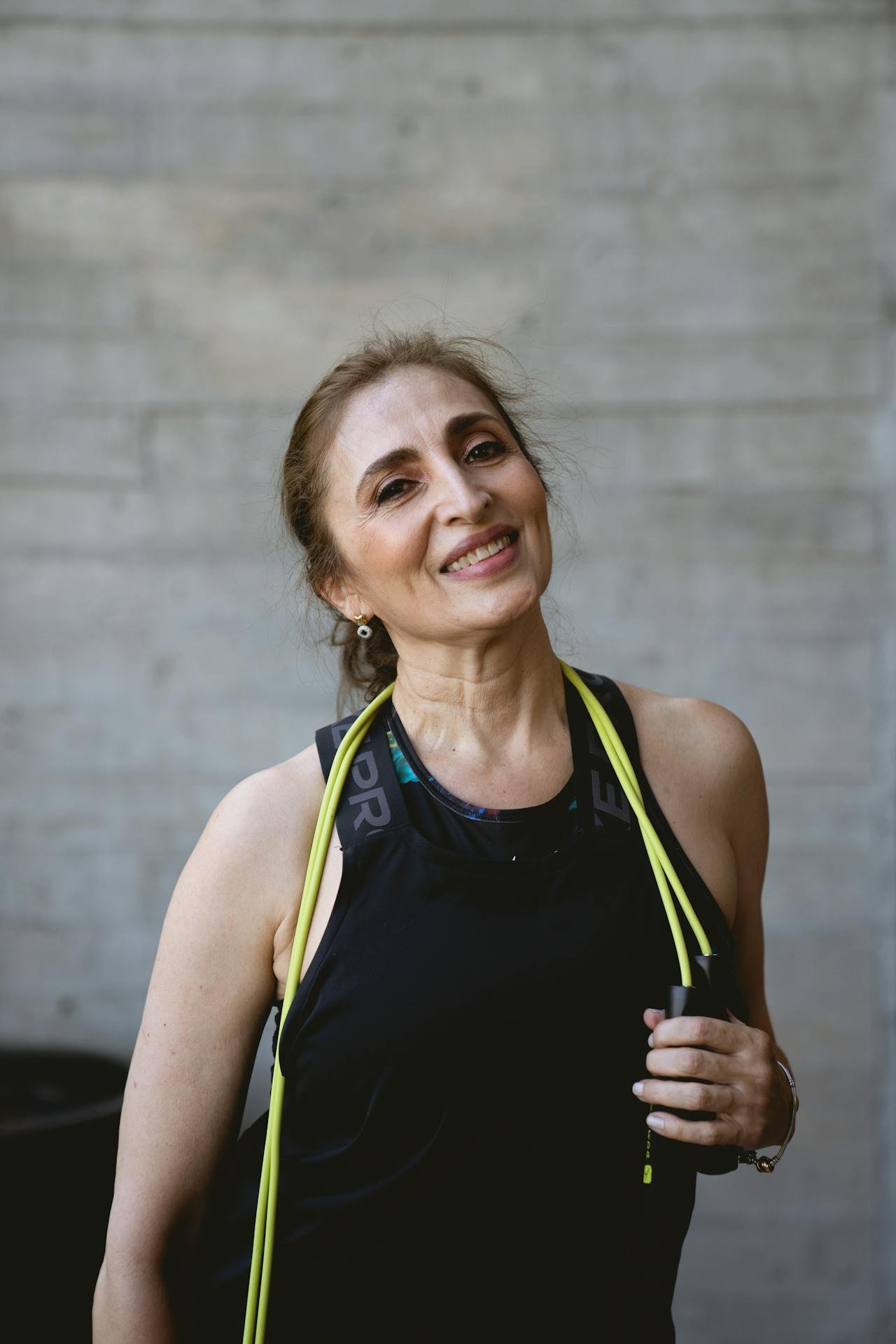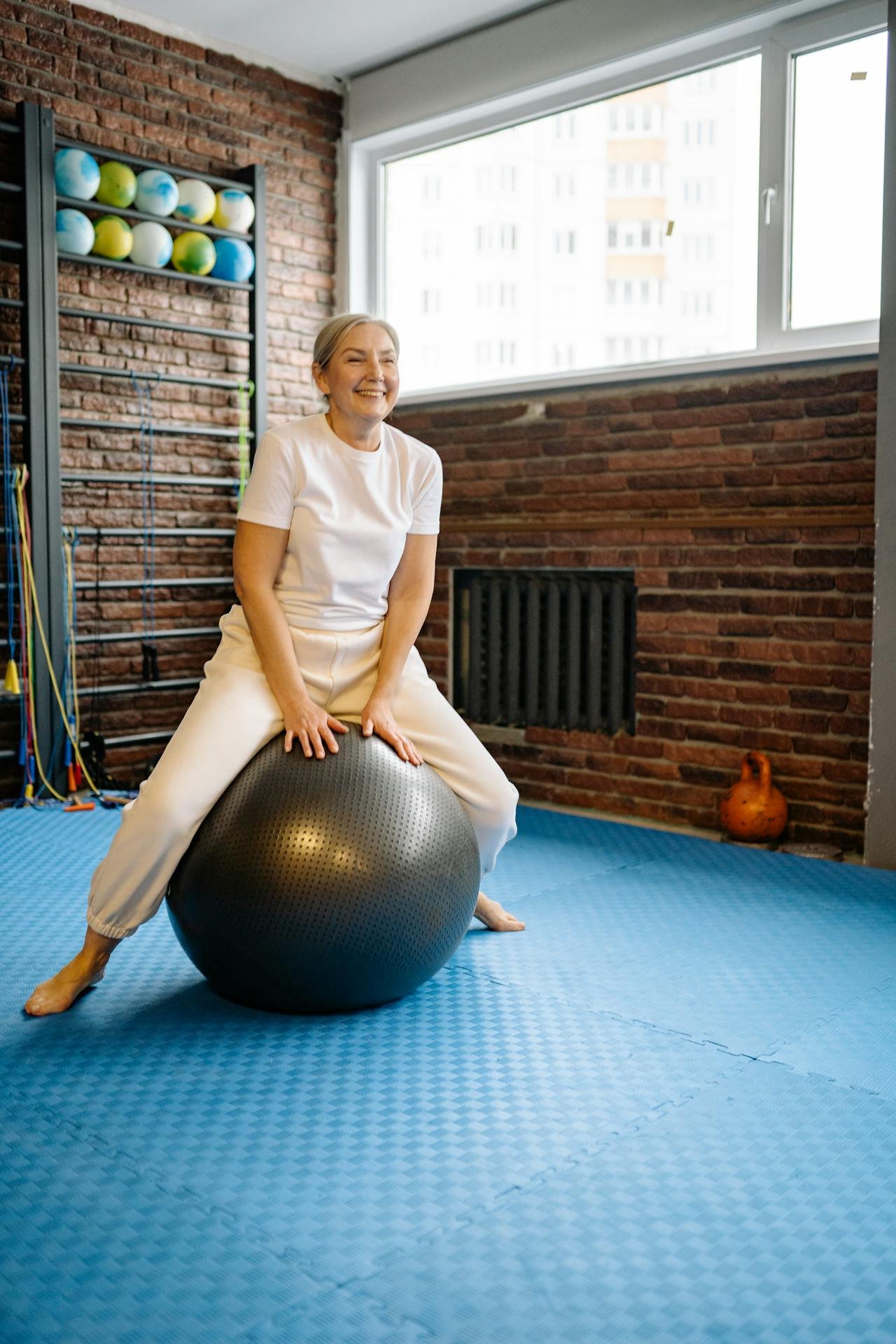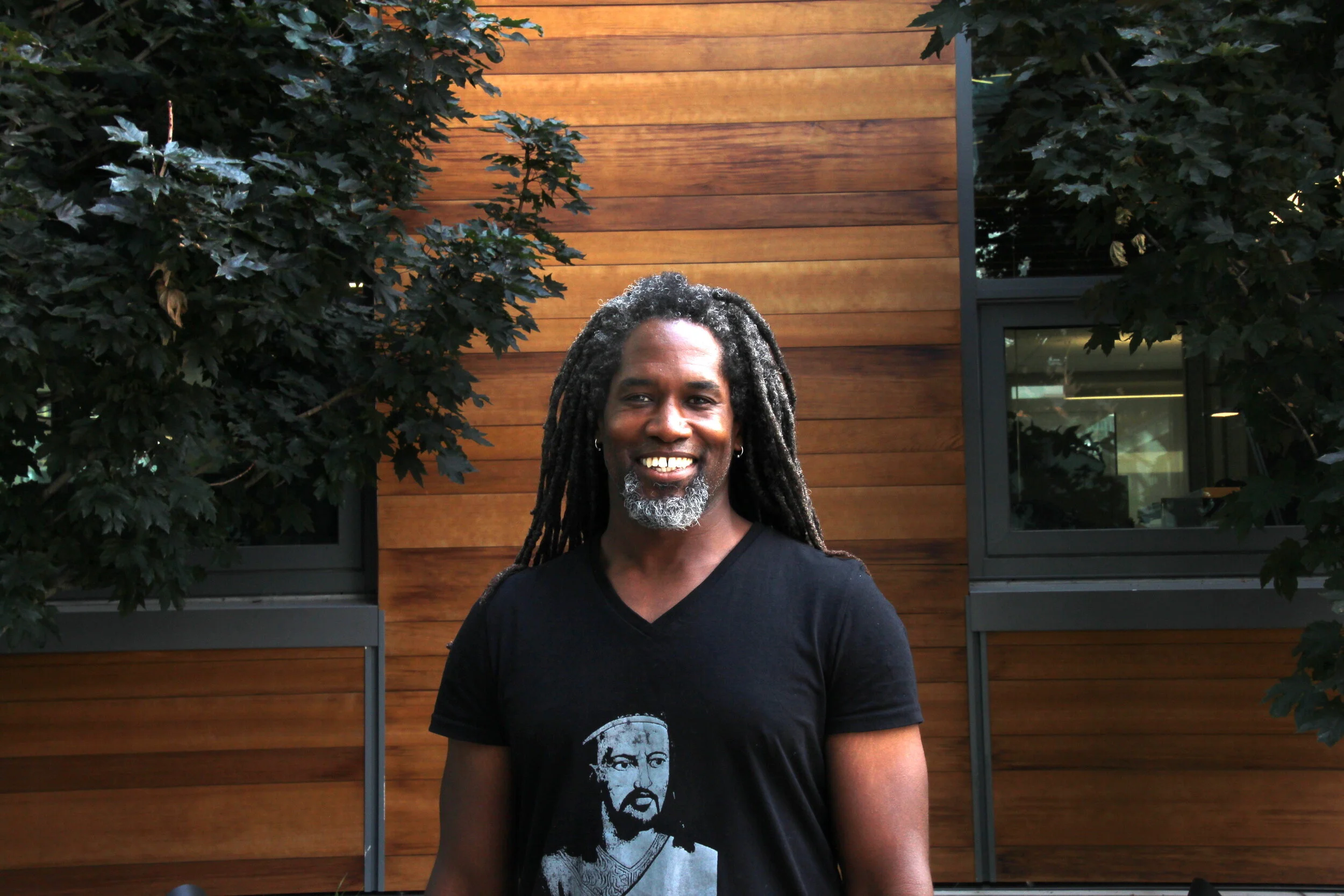Introduction to Effective Fitness Training for Osteoporosis, Osteopenia, and Osteoarthritis
ABSTRACT
Discover the essential principles of fitness training for osteoporosis, osteopenia, and osteoarthritis, focusing on proper movement patterns, posture alignment, stability, and strength. Learn how to build a solid foundation for long-term health, bone density, and injury prevention with corrective exercises and progressive training phases. This comprehensive guide will help you achieve your fitness goals safely and effectively and minimize the adverse effects of these debilitating conditions. These programs are appropriate for women over 50 with osteoporosis, osteoarthritis, and osteopenia.
KEYWORDS
Fitness training principles
Osteoporosis program
Osteopenia program
Osteoarthritis program
Proper movement patterns
Posture alignment
Stability exercise program
Bone density improvement
Corrective exercise guide
Functional movement training
NASM OPT Model
Fitness foundation building
Injury prevention exercises
Part 1: Introduction
Your awareness of the physical self is the first and essential step in reaching any goal. While you'll find millions of programs online, the principles remain the same: Establish the appropriate range of motion for functional movement, reinforce proper posture and alignment of the spine, and limit compensations. These principles require active participation and careful inspection of your movement patterns (and a mirror). They are the baseline of any fitness effort necessary for building bone density and long-term health without compromise or injury.
At the beginning of any program, corrective exercise and stabilization through a functional range of motion are the building blocks for managing a load on the body. Reinforcing proper technique, rewiring faulty movement patterns, and eliminating compromising postural positions are also tenants of this approach (phases 1 and 2 of the OPT Model described below). A global approach to muscle activation through corrective exercise and total body programs is essential while carefully introducing strength exercises.
As your stability, strength, and confidence increase, you can elevate the intensity of your sessions, including adding moderate to high-intensity specific strength programming to support the growth of bone density. On the spectrum of fitness programming, you’ll see the graduation from a total body approach to isolated exercises focused on particular muscle groups. While you have not yet trained to approach the load and intensity of phase 3 in the OPT Model below, moving appropriately through the first two phases of your program will lead to the eventual intentional breakdown of muscle required to build a more robust muscular system.
In the third phase, you'll transition to an isolated muscle program to advance this intention. Always keep in mind that building muscle is essential to protect your bones. Strength exercise programs will help as much as hurt your progress without proper mindfulness, though. It's necessary to reassess your approach weekly, test your range of motion, maintain a suitable foundation of stability, identify and appropriately manage any pain or dysfunction, and pivot between a strength and muscular endurance approach. You'll sometimes need to step back to restore strength, range of motion, and/or function while occasionally abandoning or adapting a program to achieve other goals, like cardiovascular function. Visit How to Create a Weekly Fitness Plan for several examples of strength, muscular endurance, and cardio endurance weekly plans.
Please keep the following in mind while moving forward on your path. There is a gym myth that cardiorespiratory exercise for women should focus on lower-intensity aerobic exercise for fat burning and avoid high-intensity exercise, which could increase lean muscle mass. Yes, muscles will metabolize fat for fuel at lower levels of exercise intensity; however, high-intensity exercise allows more net calories to be expended while stimulating the production of the anabolic hormones that support muscle growth. Whether a biological man or woman, you'll undoubtedly benefit from high-intensity exercise and strength training. It's a requirement for a functional life as we age. This is especially true for women experiencing a change in hormone levels, typically after age 40. During aging, you can lose up to ten pounds of muscle mass per decade.
Before I share my specific recommendations, I recommend reviewing the principles of the NASM OPT Model that I’ve alluded to above. While the national guidelines recommend that adults achieve between 150 and 300 minutes per week of moderate-intensity exercise and 75 to 150 minutes per week of vigorous-intensity activity, it's essential to understand the foundation of training before engaging in such a serious effort.
Part 2: About the NASM OPT Model
The NASM OPT Model (Optimum Performance Training Model) is a comprehensive fitness training system created by Dr. Mike Clark, grounded in extensive scientific research and principles. This versatile model guides users through five distinct, adaptable, and repeatable training phases across three levels, making it suitable for a variety of fitness goals. Each phase incorporates corrective exercise warm-up protocols to enhance effectiveness. However, it is important to note that not all phases are suitable for every condition, particularly osteoporosis, osteopenia, and osteoarthritis.
Level 1: Stabilization Level of Training
Phase 1: Stabilization Endurance
Level 2: Strength Level of Training
Phase 2: Strength Endurance
Phase 3: Muscular Development/Hypertrophy
Phase 4: Maximal Strength
Level 3: Power Level of Training
Phase 5: Power
Summary of the Levels
The Warmup for Every Level: Corrective Exercise Training
Corrective exercise is a specialized training protocol designed to optimize movement. Leveraging knowledge of anatomy, biomechanics, and kinesiology helps identify and correct muscle imbalances and dysfunctional joint movements, improving movement quality throughout each phase of the OPT model. Incorporating corrective exercise into the warm-up addresses muscle imbalances identified during assessments, enhancing mobility, improving posture, reducing injury risk, and promoting optimal muscle function. For more details, refer to the guide on NASM’s Corrective Exercise Continuum.
Level 1: Stabilization Level of Training
In the stabilization level of the OPT model, the primary goals are to develop proper movement patterns and enhance the kinetic chain's mobility and stability. This phase typically lasts 2 to 6 weeks, depending on your experience, abilities, adherence, and goals. When creating programs, remember that stability is the foundation of strength. It is crucial for building a solid base for any fitness goal. Phase 1, Stabilization Endurance Training, also focuses on mastering healthy movement patterns in foundational movements (squat, push, pull, press, hip hinge, and multiplanar). Overall, this phase aims to improve posture by correcting muscle imbalances and strengthening the core, enhancing balance and muscular control, and preventing injury by preparing muscles, joints, and connective tissues for more complex movements.
The Stabilization Level of Training emphasizes the following:
Developing proper movement patterns: squat, push, pull, press, hip hinge, and multiplanar movement
Acquiring basic exercise skills and proper use of exercise machines, free weights, and cardio equipment
Correcting muscle imbalances
Improving activation of the core musculature and stabilization of the spine and pelvis
Enhancing balance, coordination, and postural control during physical activity, exercise, and sport
Preventing tissue overload by preparing muscles, tendons, ligaments, and joints for the upcoming imposed demands of training
Improving cardiorespiratory and muscular endurance
Promoting your confidence and adherence to exercise
Exercise Selection
Exercises should be selected from the foundational movement patterns (squat, push, pull, press, hip hinge, and multiplanar) and adapted as needed to your physical abilities. Typically, programs in phase 1 will challenge your stability within a total-body circuit of varied dynamic movements that recruit multiple muscles simultaneously. Expect 1-2 sets of each muscle group while performing 12-20 repetitions of each exercise.
Level 2: Strength Level of Training
The OPT model's strength level includes three phases, each focusing on a different type of strength: Strength Endurance Training (Phase 2), Muscular Development Training (Phase 3), and Maximal Strength Training (Phase 4). This level is crucial for women aiming to increase lean mass, improve athletic performance, or enhance bone mineral density. Like the stabilization level, the strength level also helps reduce body fat. Each phase may last 2 to 6 weeks, depending on individual adaptation.
The strength level of the OPT model enhances the body's ability to maintain stability under increasing workloads, with each phase targeting a specific type of strength. Phase 2, Strength Endurance Training, employs a superset technique to boost volume while improving stability, endurance, strength, and hypertrophy. Phase 3, Muscular Development Training, focuses on maximizing muscle growth and size through high-volume workouts, which is ideal for altering body composition by reducing body fat while preserving lean muscle mass. Phase 4, Maximal Strength Training, increases the load on body tissues to recruit more motor units and optimize overall strength.
The Strength Level of Training emphasizes the following:
Increasing the ability of the core musculature to stabilize the pelvis and spine under heavier loads, through greater ranges of motion
Increasing the load-bearing capabilities of muscles, tendons, ligaments, and joints
Increasing the volume of training
Increasing metabolic demand by taxing the phosphocreatine (ATP-PC) and glycolytic energy systems to induce cellular changes in muscle
Increasing recruitment of more motor units to overcome an external load (maximal strength)
Exercise Selection
In the strength level of training, exercises should be selected based on your ability to perform movement safely, enhance muscular development, and increase motor unit recruitment.
Exercises in Phase 2 Strength Endurance Training pair a strength-focused exercise (i.e., a dumbbell bench press to highlight the pectoral muscles) with a stability-focused exercise for the same body part (i.e., a push-up). You may also target a few body parts within a single session. Typically, programs in phase 2 will begin to challenge your strength within supersets or circuits that target individual muscles. Expect 6-8 sets of each muscle group while performing 12-15 repetitions of each exercise. 1-3 days of recovery may be necessary before targeting the same muscle again.
Exercises in Phase 3 Muscular Development Training aim to improve muscle size; workouts in this phase may focus on a single body part or a few body parts, depending on how frequently you choose to strength train weekly. Typically, programs in phase 3 will challenge your strength by targeting only 1-2 muscles per session. Expect 10-20 sets of each muscle group while performing 8-12 repetitions of each exercise. More recovery will be needed (2-6 days) before targeting the same muscle again.
Exercises in Phase 4 Maximal Strength Training are more advanced than prior phases and aim to enhance strength and rate of force production. It is not always appropriate for anyone concerned about osteoporosis, osteopenia, and osteoarthritis.
Level 3: Power Level of Training (Advanced)
The power level of the OPT model consists of a single phase: Phase 5, Power Training. This phase builds on the foundation established in the stabilization and strength levels to prepare the body for sports and performance activities. Depending on the competition schedule, one might cycle through this phase for 2 to 6 weeks. Training at the power level enhances the rate of force production, thereby improving both everyday activities and athletic performance.
The Power Level of Training emphasizes the following:
High force and velocity to increase power
Exercises that mimic sport-specific movements
Supersetting strength- and power-based exercises
Exercise Selection
All exercises selected in the power level should mimic the movements required for the athlete in a sport or competition environment, along with your physical capabilities. It is not always appropriate for anyone concerned about osteoporosis, osteopenia, and osteoarthritis.
Part 3: Fitness Program for Osteoporosis, Osteopenia, and Osteoarthritis
I’ve included a specific program to test below. Before reviewing your program, please read the considerations in the next section.
Considerations for Osteoporosis, Osteopenia, and Osteoarthritis
Osteoporosis is a chronic disease predominantly affecting women, with one in three women at risk. Postmenopausal women are particularly vulnerable, accounting for 25 to 30% of all cases. Osteoporosis weakens bone structure, making it more porous and prone to fractures, significantly impacting bone health and quality of life. The precursor to osteoporosis, osteopenia, is characterized by declining bone mineral density. Although osteopenia indicates lower bone mass, it doesn't always require medical intervention or necessarily lead to osteoporosis. Early detection of osteopenia offers an excellent opportunity for preventive measures, such as weight-bearing exercises and a healthy diet, to improve bone mineral density.
Hormonal fluctuations during menopause can disrupt the neuromuscular system, affecting muscles, tendons, and ligaments and exacerbating age-related conditions like sarcopenia and osteoporosis. According to Khadilkar (2019), women more than five years post-menopause are at higher risk for musculoskeletal disorders.
Resistance training and weight-bearing activities are two of the most effective exercises for bone health, helping preserve bone mass. Resistance training increases muscle mass and strength and contributes to bone preservation while weight-bearing or high-impact activities enhance bone mineral density. Both exercise modalities can reverse approximately 1% of yearly bone loss in pre- and postmenopausal women.
Women with osteoporosis, osteopenia, and osteoarthritis should avoid movements that load the spine, such as toe touches and sit-ups, as well as self-myofascial foam rolling, depending on the severity of their condition. While the intensity, load, and force of Phase 4 (Maximal Strength Training) and Phase 5 (Power Training) in the NASM OPT Model benefit many, they are not recommended for individuals with concerns about bone density. Instead, focusing on stability and strength exercises within the first three phases will provide a safer and more effective approach.
Other Considerations:
Avoid a heavily weighted barbell back squat, jumping, or single-leg exercises without assistance.
Avoid too much extension or flexion of the spine.
Start with a small range of motion and self-select a range you feel in control.
As the integrity of the skeleton breaks down with osteopenia or osteoporosis, several postural deviations can appear. Commonly, the spine will begin to curve right or left. This can be observed in the anterior or posterior observation, which can show up as a lateral tilt of the shoulders or a hip hike on one side. Additionally, kyphosis can appear as the skeleton collapses, developing a forward head position. Mindfully avoid any movements that reinforce these deviations.
Dynamic weight-bearing exercise with high force (e.g., jumping or plyometrics) has improved bone mineral density in adult women diagnosed with osteopenia or osteoporosis. Nevertheless, the sheer force of these movements can lead to fractures. Avoid these movements unless you’re under the guidance of a practitioner.
Specific Program for Osteoporosis, Osteopenia, and Osteoarthritis
Here are your next two programs. Once you complete Program 2, you may restart Program 1 again. Please complete the corrective exercises and the core exercises in each session. If you feel discomfort, shorten your range of motion or lower the weight. If it persists, discontinue and move on to the next exercise.
Program and Injury Notes
By performing Program 1 of Phase 2, it’s assumed that you’ve established your baseline of corrective exercise, foundational training, and stability in a prior Phase 1 program. Wellen Health offers a wonderful subscription program to begin your first step.
Please refrain from the “No pain, no gain” adage and respect your physical boundary lines. While these exercises will serve your bone density goals, they shouldn’t compromise your body or lead to any compensations, pain, or discomfort. If you feel unstable or discomfort, minimize the range by 25-50% or reduce the load. Still doesn’t feel right? Abandon the exercise and move on to the next.
While resistance bands offer an in-home solution and are great for building muscular endurance and stability, using dumbbells, cable machines, and other muscle-specific machines will lead to more significant growth in your bone density. Resistance band exercises are a functional part of a program, not the whole. No matter the equipment, though, moderate to high-intensity efforts are essential for the proper breakdown and growth of your muscles and bones. Appropriately challenge yourself but safely.
The Warmup Exercises have been carefully selected to counter the imbalances created by sitting, typing on phones and computers, sleeping on your sides, and more. They don’t account for your individual needs and wants. Feel free to add your physical therapy or favorite warmup exercises to this section, too!
Osteoporosis Program 1: NASM OPT Model Phase 2 Strength Endurance (4-Week Program)
The intention is to build stability, muscular endurance, and strength. This program is appropriate for women over 50 with osteoporosis, osteoarthritis, and osteopenia. Adapt the difficulty based on fitness level and condition.
Day 3: Restorative Yoga, Hike, or Cardio of Your Choice
Day 5: Wellen Health or Brick House Bone Program or a Functional/Stability Program (Your Choice)
Osteoporosis Program 2: NASM OPT Model Phase 3 Muscular Development (4-Week Program)
The intention is to build strength. This program is appropriate for women over 50 with osteoporosis, osteoarthritis, and osteopenia. Adapt the difficulty based on fitness level and condition.
Day 3: Restorative Yoga, Hike, or Cardio of Your Choice
Day 5: Wellen Health Program or a Functional/Stability Program (Your Choice)
Other Notes Regarding This Program:
Return to Program 1 after you complete Program 2.
Sample monthly plan:
June: Program 1
July: Program 2
August: Program 1
September: Program 2
October: Reassess and adapt programs.
Also, substitute any of the days above with classes offered by the following services:
Subscription: Peloton App
Subscription: Apple Fitness Plus App
Subscription: Wellen Health
Videos: Restorative Yoga 1 or Restorative Yoga 2
Source: NASM Educational Resources
ABOUT THE AUTHOR: MICHAEL MOODY, PERSONAL TRAINER
As an author, a personal trainer in Denver, and podcast host, Michael Moody has helped personal training clients achieve new fitness heights and incredible weight loss transformations since 2005. He also produces the wellness podcast "The Elements of Being" and has been featured on NBC, WGN Radio, and PBS.
Michael offers personal training to Denver residents who want to meet at the 2460 W 26th Ave studio….or in their homes throughout LoHi (80206), LoDo (80202), RiNo (80216), Washington Park (80209), Cherry Creek (80206, 80209, 80243, 80246, 80231), and Highlands (80202, 80211, 80212). Michael also offers experiences with a personal trainer in Jefferson Park (80211) and Sloan's Lake (80204, 80212).
If you’re looking for a personal trainer who can curate a sustainable (and adaptable) routine based on your needs and wants, Michael is the experienced practitioner you’ve been looking for. Try personal training for a month…your body will thank you!
EPISODE #10 - EAT FOR LIFE, WEIGHT LOSS, AND AN OPTIMAL IMMUNE SYSTEM WITH BEST SELLING AUTHOR DR. FUHRMAN
On “The Elements of Being” podcast, Michael dissects and explores the minds and habits of psychologists, filmmakers, writers, and industry icons. Essentially, you learn what makes them flip the switch to achieve incredible feats, goals, and milestones…and a chance to geek out over the psychology behind human behavior. In this episode, Michael interviews Dr. Joel Fuhrman, an internationally recognized nutrition and natural healing expert and author of seven New York Times bestsellers, including his most recent book, Eat for Life. His other bestsellers include Eat to Live and The End of Dieting (which I give to all my clients).
Read more and listen here…..You can also listen to all episodes on Apple, Spotify, Overcast, Castbox, Stitcher, or your favorite podcast platform!


































